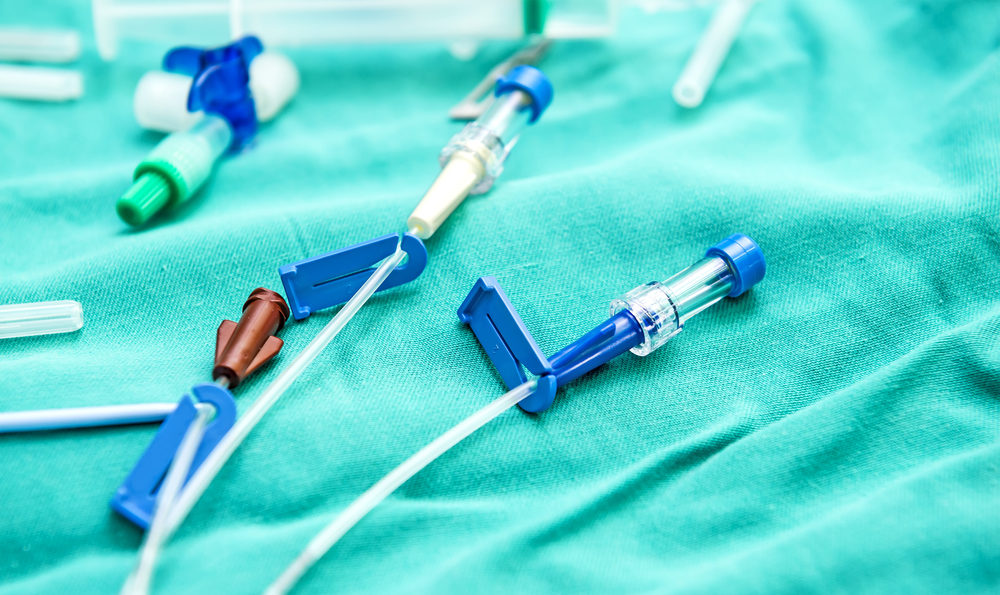Medical Device Connectors To Be Standardized To Avoid Misconnection Injuries: FDA

Federal regulators are requiring medical device manufacturers to create standardized connectors for IV’s, feeding tubes and other delivery applications, which is designed to reduce the risk of mistakes involving involving incorrect connections.
The FDA announced the medical device connector standardization in a statement issued May 4, indicating that manufacturers will begin to produce and roll out universal connectors that conform to new design standards.
The agency expects the new standardized connectors will help to reduce the risk of patient harm to patients from misconnections involving high-risk delivery systems.

Did You Know?
Millions of Philips CPAP Machines Recalled
Philips DreamStation, CPAP and BiPAP machines sold in recent years may pose a risk of cancer, lung damage and other injuries.
Learn MoreThe announcement was accompanied by case studies focusing on device connector mistakes, which also provides tips and recommendations for healthcare providers to prevent connection errors.
One case study indicated an anesthetist and midwife mistakenly connected an epidural tubing to an IV tubing, resulting in the patient’s death. The FDA notes that this could have been avoided by labeling the catheter and refraining from using catheters with injection ports.
Another case study described a pediatric patient where the IV tube was mistakenly connected to the trach cuff port. The IV fluid over-expanded and broke the trach cuff, causing IV fluids to flush the child’s lungs, resulting in a fatal injury. This scenario can be avoided by focusing on tubing misconnections in orientation and training, according to the announcement.
A third case study reported by the FDA involved a patient in the emergency room who had an IV heparin lock, but no IV fluids started. They also had a blood pressure cuff placed for monitoring. The blood pressure cuff was disconnected when the patient went to the bathroom and reattached to the IV catheter. Air was delivered to the catheter and the patient died from a fatal air embolus.
Health officials indicate the problem can be avoided by calling on patients to get help from the clinical staff when there is a need to disconnect and reconnect tubing and devices.
Other situations may not be fatal, but still pose a high risk to the patient. A number of these other case studies focusing on tubing and device connector mistakes were included in the FDA announcement.
“Until new connector designs enter the market, these case studies offer providers and patients important tips and recommendations to prevent device misconnections,” the FDA announcement states.
Get more articles like this sent directly to your inbox.
"*" indicates required fields




0 Comments